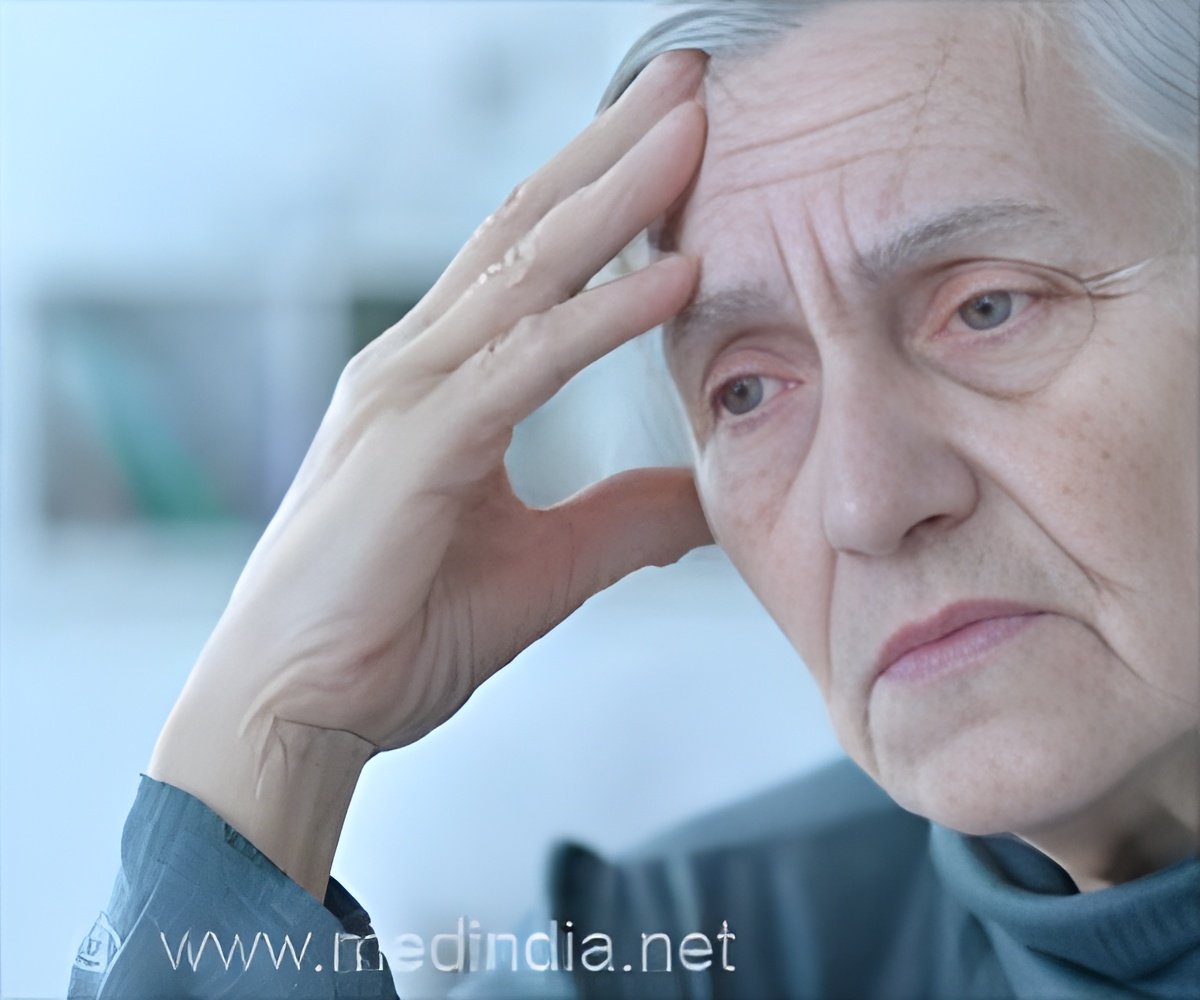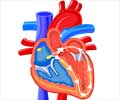LRRK2 gene plays a vital role in non-hereditary Parkinson’s disease. Therapies targeting this gene could benefit lots of people with Parkinson's.

‘LRRK2 gene which was thought to cause Parkinson’s through hereditary fashion plays a significant role in non-hereditary Parkinson’s disease. Identifying the gene could suggest therapies that benefit most of the people with the disease.’





Parkinson's affects one million people in the U.S. and as many as 10 million worldwide and has no known cause, but is thought to involve both genetic and environmental factors. In 2004, researchers discovered that mutations in the LRRK2 gene (commonly pronounced as "Lark2"), overactivated the protein and caused Parkinson's in a small group of people, often in a hereditary fashion. However, the LRRK2 protein is difficult to study because it is present in tiny amounts in nerve cells that are affected in Parkinson's.To overcome this problem, Greenamyre and his team engineered a molecular 'beacon' that attached to LRRK2 and glowed red under a microscope only if the protein was active. This allowed them also to reveal the nerve cells in which LRRK2 was active in the brain.
The researchers applied the test to postmortem brain tissue donated to science by Parkinson's patients, none of whom had mutations in LRRK2, and healthy individuals of approximately the same age.
Remarkably, the test indicated that in 'dopamine neurons,' which are the brain cells most commonly affected in Parkinson's, LRRK2 was highly active in individuals affected by the disease, but not in the healthy individuals. This suggests that LRRK2 overactivity may be important in all people with Parkinson's, not just those who have a mutation in the gene.
A second major finding of the study was that it connected two proteins that have separately been recognized as important players in causing Parkinson's - LRRK2 and alpha-synuclein. Accumulation of alpha-synuclein leads to the formation of structures called 'Lewy bodies,' a hallmark of Parkinson's.
Advertisement
"LRRK2 ties together both genetic and environmental causes of Parkinson's, as we were able to show that external factors like oxidative stress or toxins can activate LRRK2, which can in turn cause Lewy bodies to form in the brain," noted lead author Roberto Di Maio, Ph.D., an assistant professor in Greenamyre's lab and a researcher at the Ri.MED Foundation.
Advertisement
Source-Eurekalert










